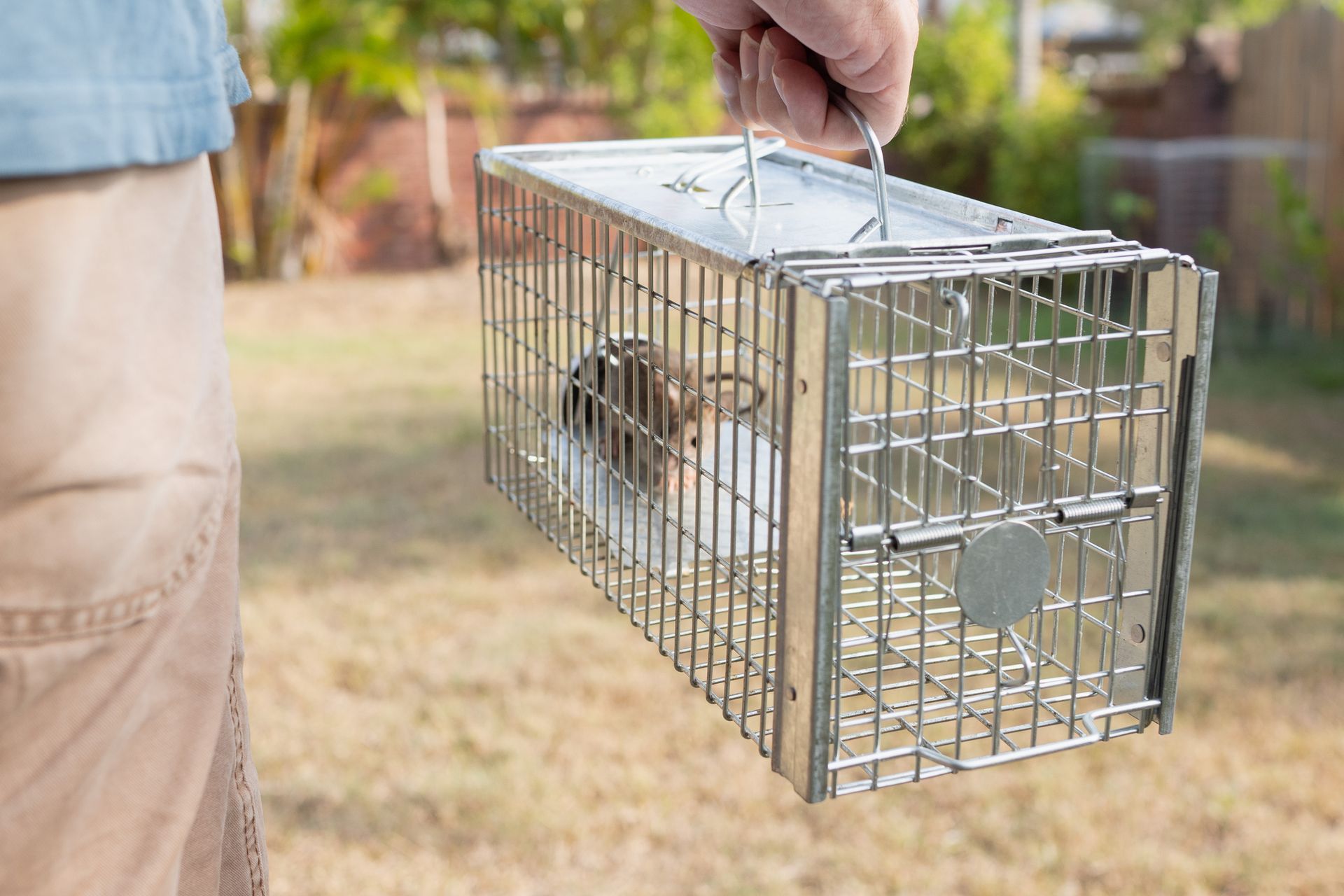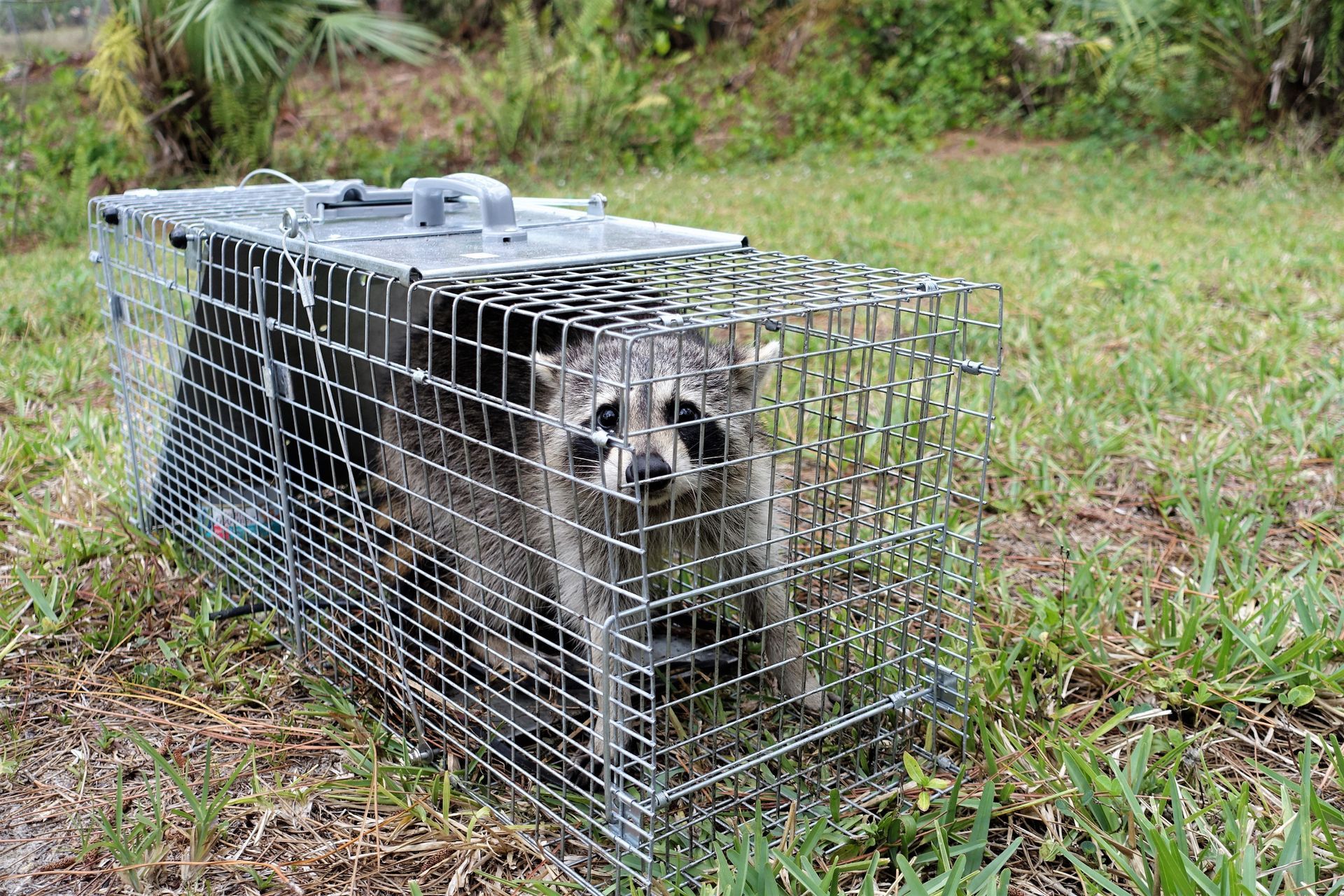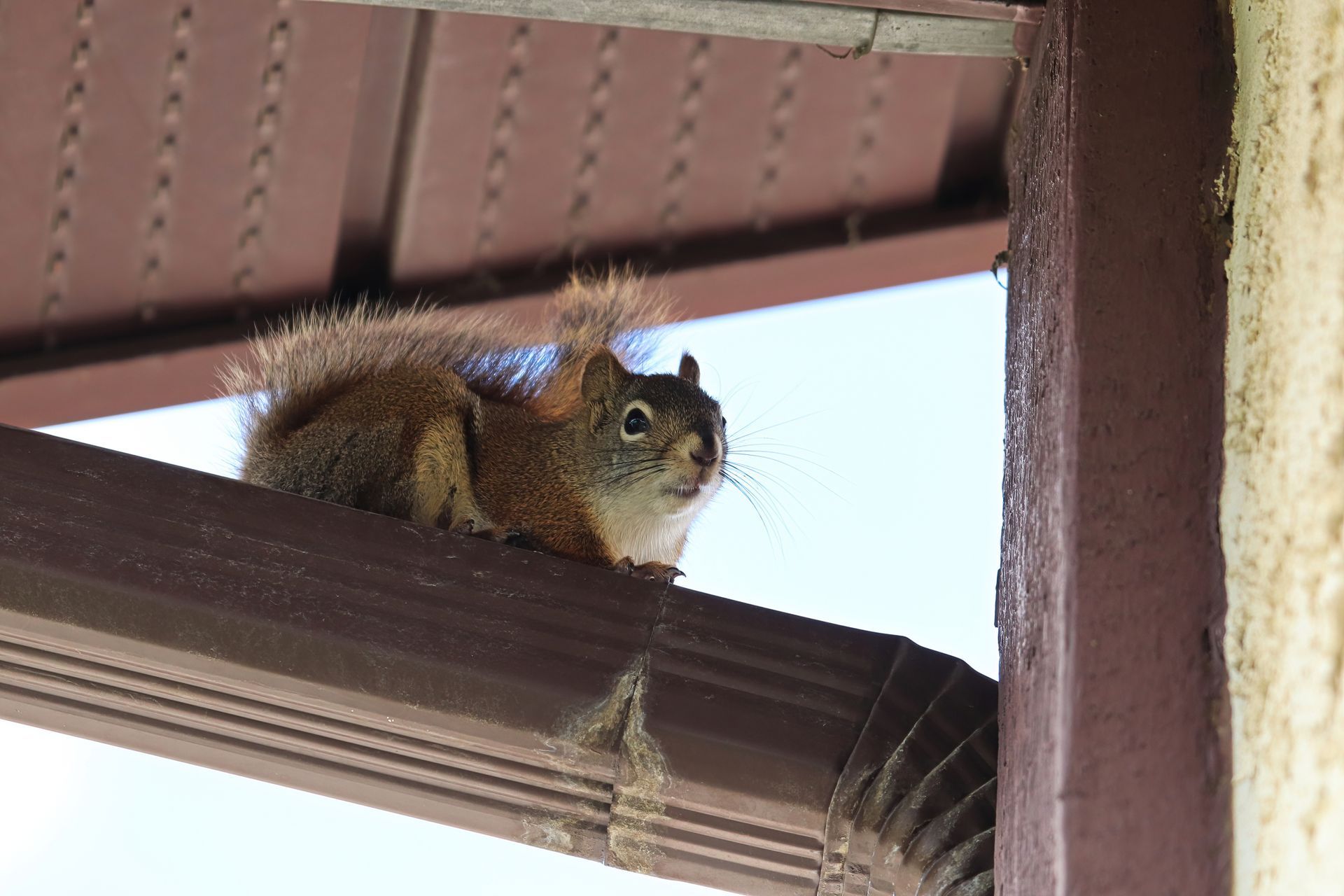5 Smart Tips for Wildlife Animal Control in Chicopee, MA

Living in Chicopee, MA, brings the unique charm of New England’s natural surroundings—but it also means wildlife encounters are part of daily life. For property owners, homeowners, and businesses, managing these encounters safely and effectively is essential. Whether you’re dealing with raccoons in the attic, squirrels in your walls, or other critters invading your space, understanding wildlife animal control in Chicopee, MA, is the first step to protecting your property and peace of mind.
Wildlife control isn’t just about removing animals—it’s about prevention, exclusion, and ensuring long-term solutions that stop repeat invasions. Here are five smart tips to help you manage wildlife intrusions effectively.
1. Understand Local Wildlife and Their Habits
One of the smartest strategies for wildlife animal control, is knowing which animals you’re likely to encounter and understanding their behaviors. Common local invaders include raccoons, squirrels, bats, and skunks. Each species has different nesting habits, active seasons, and entry points.
For example, raccoons are notorious for exploiting easy attic access in spring when looking for denning sites, while squirrels tend to chew on wood and wires, causing costly damage. By identifying the culprit and their patterns, you can tailor your wildlife control to target the problem effectively.
2. Secure Your Property with Effective Exclusion Methods
Wildlife control goes beyond animal removal. A crucial step is to exclude wildlife from entering your property in the first place. This means sealing potential entry points, such as holes in roofs, gaps around chimneys, vents, and broken windows.
Use materials like heavy-gauge wire mesh or metal flashing around vulnerable areas. Wood and plastic can be easily chewed through by squirrels and raccoons, so more durable materials are recommended. Installing chimney caps and screening vents can also prevent animals like bats and birds from nesting.
Proper exclusion not only keeps animals out but also protects your home from damage and health risks associated with wildlife.
3. Remove Attractants to Discourage Wildlife Visits
Attractants such as accessible garbage, pet food, bird feeders, and standing water can invite unwanted wildlife to your property. Managing these attractants is a vital part of wildlife animal control.
Store trash securely in wildlife-proof containers and avoid leaving pet food outdoors overnight. Position bird feeders away from the house or use feeders designed to deter squirrels. Keep gutters clean and free of debris to avoid stagnant water that attracts insects and animals.
By minimizing what draws wildlife in, you reduce the likelihood of infestations and keep your property less appealing to nuisance animals.
4. Use Humane Trapping and Removal Techniques
When exclusion and deterrents aren’t enough, humane trapping can be a responsible way to remove unwanted wildlife. It’s important that this is done safely, legally, and ethically to protect both the animals and your property.
Wildlife animal control should always comply with local and state regulations. Many animals, like bats and certain birds, have protected status, so professional advice is essential. Humane traps should be checked frequently to minimize stress on trapped animals and released far from residential areas.
Consider consulting professional wildlife control experts who specialize in ethical removal and relocation, ensuring minimal impact on the local ecosystem.
5. Plan for Long-Term Wildlife Control
Effective wildlife control isn’t a one-time fix—it’s a long-term strategy. Even after removal, animals may attempt to re-enter if conditions remain favorable.
Invest in ongoing property maintenance, regular inspections, and prompt repairs to keep entry points sealed and attractants controlled. Installing motion-activated lights or ultrasonic deterrents can also discourage repeat visits.
By combining prevention, exclusion, and long-term vigilance, you protect your home or business against future wildlife problems and costly damages.
Why Proper Wildlife Animal Control in Chicopee, MA Matters
Wildlife invasions can cause serious damage to structures, pose health risks from droppings and parasites, and create stressful living or working environments. Addressing these problems promptly and thoroughly not only solves immediate concerns but also prevents recurring issues.
Wildlife animal control in Chicopee, MA, focuses on:
• Prevention: Keeping animals from gaining access in the first place.
• Exclusion: Sealing off entry points permanently.
• Long-term benefits: Saving money and reducing risks over time through consistent maintenance.
Ignoring the problem or using ineffective methods often leads to repeat infestations, increased damage, and frustration.

Contact Trusted Wildlife Animal Control in Chicopee, MA
For property owners, homeowners, and businesses, managing wildlife intrusions is easier with professional help. Acorn Wildlife Solutions offers expert wildlife control, combining humane removal, effective exclusion, and long-term prevention tailored to your property’s unique needs.
We help with:
• Expert assessment and customized wildlife control plans.
• Safe, humane removal and exclusion techniques.
Protect your property and enjoy peace of mind with reliable wildlife animal control in Chicopee, MA.
Reach out today to schedule an inspection and safeguard your home or business from wildlife challenges!




